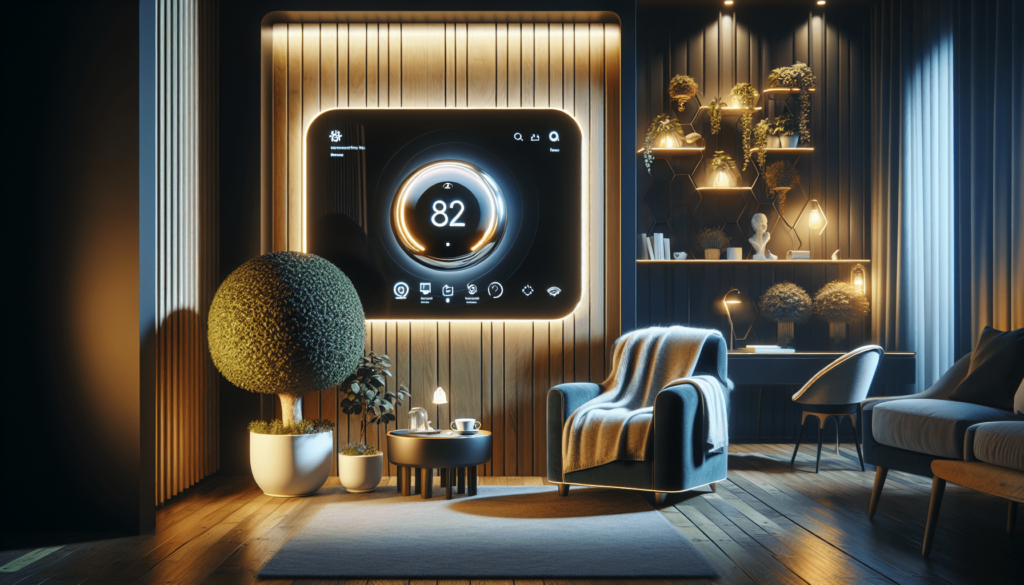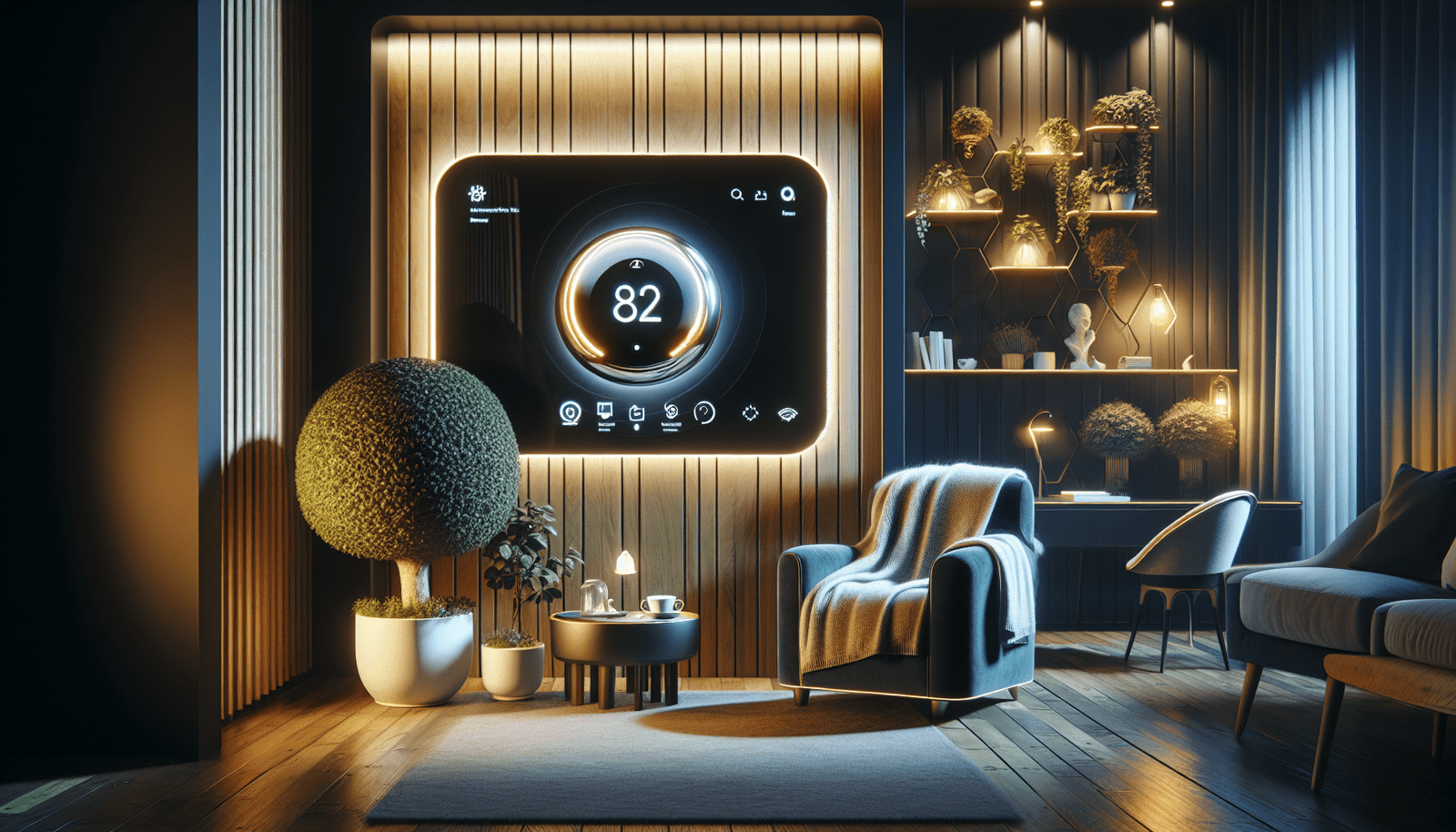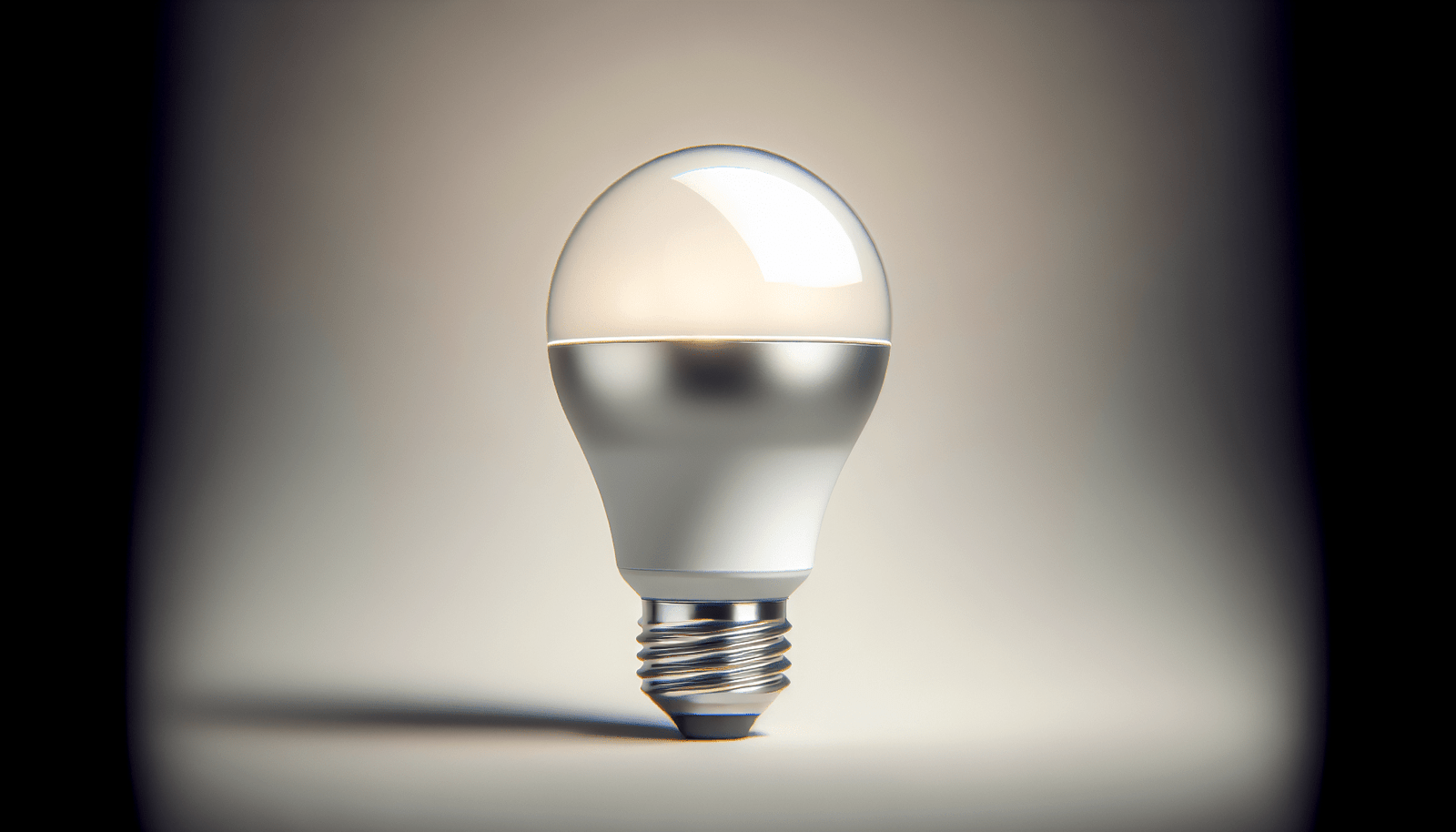Have you ever wondered how technology can make life easier and safer, especially for those wishing to stay in their homes as they age? Imagine a living space where you don’t have to worry about basic tasks becoming challenging or unsafe. Welcome to the world of smart home devices—a revolutionary way to enhance aging in place by making your home not only more connected and efficient but also more enjoyable.

Definition and Overview: What Are Smart Home Devices?
Smart home devices are intelligent tools designed to automate and control various aspects of your home environment. From adjusting the thermostat to locking the doors, these devices can be managed through a centralized hub or app, providing seamless interaction with your living space. Think of smart home technology as your home’s way of understanding your needs and responding proactively. For aging individuals, this paradigm shift can mean a significant boost in independence and quality of life.
Main Types of Smart Home Devices
Smart home devices can be categorized into several key areas:
- Security Systems: Cameras, doorbells, and locks that provide peace of mind.
- Climate Control: Smart thermostats that maintain optimal temperatures.
- Lighting Systems: Automated lights for safety and convenience.
- Assistive Devices: Voice-activated assistants to manage daily routines.
- Appliance Control: Devices that allow easier operation of household appliances.
Cost and Value Considerations
Investing in smart home technology can seem daunting at first, but let’s break down the costs and examine the potential returns. While upfront costs can vary depending on the sophistication and brand of the devices, many find that the long-term savings and enhanced quality of life make them worthwhile investments.
Installation Costs vs. Long-Term Savings
Installation costs do vary, ranging from a few hundred dollars for basic systems to several thousand for a fully integrated smart setup. However, consider the potential savings: energy-efficient devices can significantly reduce your utility bills, and smart security systems can lower home insurance premiums. In some cases, the return on investment can be seen within a few years as the devices pay for themselves through these savings.
Return on Investment (ROI)
Beyond monetary savings, the ROI also includes intangible benefits such as increased security, improved convenience, and a better overall quality of life. Many argue that the peace of mind these systems offer is invaluable, particularly for those wishing to age comfortably in their own homes.
Comparisons and Examples: Real-World Use Cases
To appreciate the practical benefits of smart home devices, let’s explore some real-world scenarios.
Case Study: Smart Security Systems
Imagine living in a home where you can see who’s at your front door through your smartphone, even when you’re not at home. Smart security systems not only provide safety but also promote independence by reducing the need for physical supervision. This is tremendously beneficial for those involved in the aging process, offering an additional layer of security and comfort.
Case Study: Smart Lighting and Climate Control
For many, mobility becomes more restricted with age. Smart lighting systems can ensure well-lit paths during nighttime visits to the bathroom, reducing the risk of falls. Smart thermostats ensure the home remains at a comfortable temperature at all times, minimizing the hassle of manual adjustments and contributing to overall well-being.
Practical Setup Guides: How to Install and Integrate Smart Home Devices
It’s crucial to know how to set up and integrate these devices for optimal performance, especially for newcomers to this technology. Here’s a simple guide to get you started:
Step-by-Step Installation
-
Research and Choose Compatible Devices: Determine what devices will best meet your specific needs. Reviews and expert recommendations can guide your purchase decisions.
-
Set Up a Central Hub: Most systems require a hub—think of it as the command center where all your devices interact. It can be a smart speaker or a dedicated hub like Samsung’s SmartThings or the Apple HomeKit.
-
Download Necessary Apps: Most devices come with a companion app that allows you to control settings and receive updates from your mobile device.
-
Connect and Configure Devices: Follow the manufacturer’s instructions to connect devices to your home network and customize their settings according to your preferences.
-
Test and Optimize: Regularly test devices to ensure they are working correctly and adjust settings as necessary to meet changing needs or preferences.

Security and Privacy Factors
While smart home technology offers numerous advantages, it’s essential to consider security and privacy.
Potential Risks and Safety Features
Security risks with smart home devices generally involve unauthorized access or data breaches. It’s vital to use strong, unique passwords for devices and enable two-factor authentication where possible. Keeping devices and software up to date can prevent most security vulnerabilities.
Best Practices for Privacy
To protect your personal data, review and update privacy settings regularly. Trusted manufacturers often provide comprehensive security measures, but it’s advisable to stay informed about privacy policies and any recent vulnerabilities or fixes within the devices you own.
Energy Efficiency and Sustainability
Smart home devices aren’t just about convenience; they also offer substantial energy-saving benefits.
How Smart Devices Reduce Energy Consumption
Devices such as smart thermostats and energy-efficient lighting systems can adjust themselves based on usage patterns, reducing unnecessary energy consumption. This automation leads to lowered electricity bills and a reduced carbon footprint, underlining another key advantage for those adopting this technology during their aging process.
Sustainable Home Environment
Incorporating smart home technology contributes to a more sustainable lifestyle. By optimizing energy use, you’re making an eco-friendly choice that supports broader environmental goals. Plus, the savings on utility bills can be redirected to other areas.
Compatibility and Connectivity
One common concern is whether different smart home devices can work together seamlessly.
Interacting with Various Platforms
Luckily, many smart home devices are designed to be compatible across various platforms. Whether you prefer using Google Home, Amazon Alexa, or Apple’s Siri, devices are developed to connect and operate within these systems. Make sure to verify compatibility before purchasing.
Connecting Devices
Here’s a quick table to illustrate common platform compatibilities:
| Device Type | Google Home | Amazon Alexa | Apple HomeKit |
|---|---|---|---|
| Smart Thermostat | Yes | Yes | Yes |
| Smart Lighting | Yes | Yes | Yes |
| Smart Security | Yes | Yes | Some |
| Smart Appliances | Some | Some | Some |
Future-Proofing and Innovation
The field of smart home technology is continuously evolving. Keeping your system updated is essential to ensuring it remains functional and secure in the future.
Emerging Trends and Advancements
Expect to see more integrated smart solutions with even greater automation and machine learning capabilities. Innovations in AI will likely lead to devices that anticipate your needs before you even consider them. For those aging in place, these advancements mean further improvements in daily life management, assistance, and safety.
How to Stay Updated
To stay abreast of changes and maintain a future-proof home environment, regularly check for software updates and explore new devices that may offer enhanced functionality. Engage with online communities and forums to learn from fellow enthusiasts and experts.
Conclusion: Is Smart Home Technology Right for You?
Determining if smart home technology aligns with your needs and budget depends on understanding its potential and limitations. For those interested in aging in place, smart home devices can offer increased independence, safety, and comfort. By considering initial costs, long-term savings, and the significant intangible benefits, you can make an informed decision that’s right for your lifestyle.
Remember, the smart home journey is highly personalized—what works for one may not work for another. However, the common theme is about making life more convenient and secure, offering peace of mind for you and your loved ones. As technology advances, so do the possibilities for a more connected and fulfilling aging experience within your own home.




